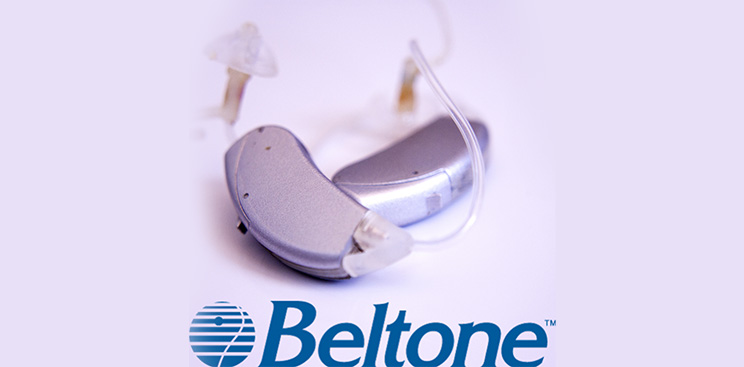
As we age, preserving our hearing health becomes increasingly important. For those with hearing loss, hearing aids are invaluable tools that enhance their quality of life. However, to ensure that hearing aids work efficiently and provide the intended benefits, proper maintenance is crucial. In this comprehensive guide, we will explore the essential tips and techniques for maintaining hearing aids to optimize their performance.
Cleaning and Care
Let's start with the basics - daily cleaning routines. Every day, it's essential to remove earwax and debris from your hearing aids. Gently brush the microphone and receiver area to clear any build-up. Additionally, use a soft, dry cloth to wipe down the hearing aids to remove any surface dirt or oils.
On a weekly basis, take the time to clean the microphone and receiver more thoroughly. Use a small brush or a wax pick to carefully remove any accumulated wax or debris. It's also important to check and replace the filters regularly, as they can become clogged and affect the sound quality. Your audiologist can guide you on how often to change these filters.
Proper storage and handling are equally important. Invest in a dry and safe storage case to protect your hearing aids when they're not in use. Avoid exposing them to excessive moisture or extreme temperatures, as these can damage the delicate electronic components. By following these cleaning and care practices, you'll ensure the longevity and optimal functioning of your hearing aids.
Battery Management
Choosing the right batteries is crucial for uninterrupted hearing aid usage. Look for high-quality batteries specifically designed for hearing aids. Follow the instructions provided for inserting and removing batteries properly. Take care not to force them in or out, as it can damage the battery compartment.
To maximize battery life, develop the habit of turning off your hearing aids when they're not in use. This prevents unnecessary drainage of power. Alternatively, consider using rechargeable batteries, which can be more cost-effective and convenient in the long run.
Troubleshooting and Problem Solving
At times, you may encounter common issues with your hearing aids. Weak or distorted sound, feedback or whistling, or connectivity problems can occur. If you experience such difficulties, don't panic. You can often resolve them with a few simple troubleshooting steps.
Start by checking for blockages or obstructions in the tubing or filters. Clearing any debris can instantly improve the sound quality. Adjusting the volume and settings on your hearing aids can also help alleviate issues. If problems persist, don't hesitate to seek professional help from your audiologist. They have the expertise to diagnose and solve complex issues.
Regular Professional Maintenance
Just like regular check-ups are vital for your overall health, routine professional maintenance is essential for your hearing aids. Schedule regular appointments with your audiologist for cleaning and adjustments. They have specialized tools and techniques to clean hard-to-reach areas and optimize the performance of your hearing aids.
Typically, it's recommended to visit your audiologist every six months or as advised. These regular check-ups ensure that your hearing aids are functioning optimally, and any underlying issues can be addressed promptly.
Investing in hearing aids is a significant step towards improving your hearing health and quality of life. However, proper maintenance is key to their optimal performance. By following the cleaning and care routines, managing batteries effectively, troubleshooting minor issues, and seeking regular professional maintenance, you can ensure that your hearing aids continue to function at their best.
